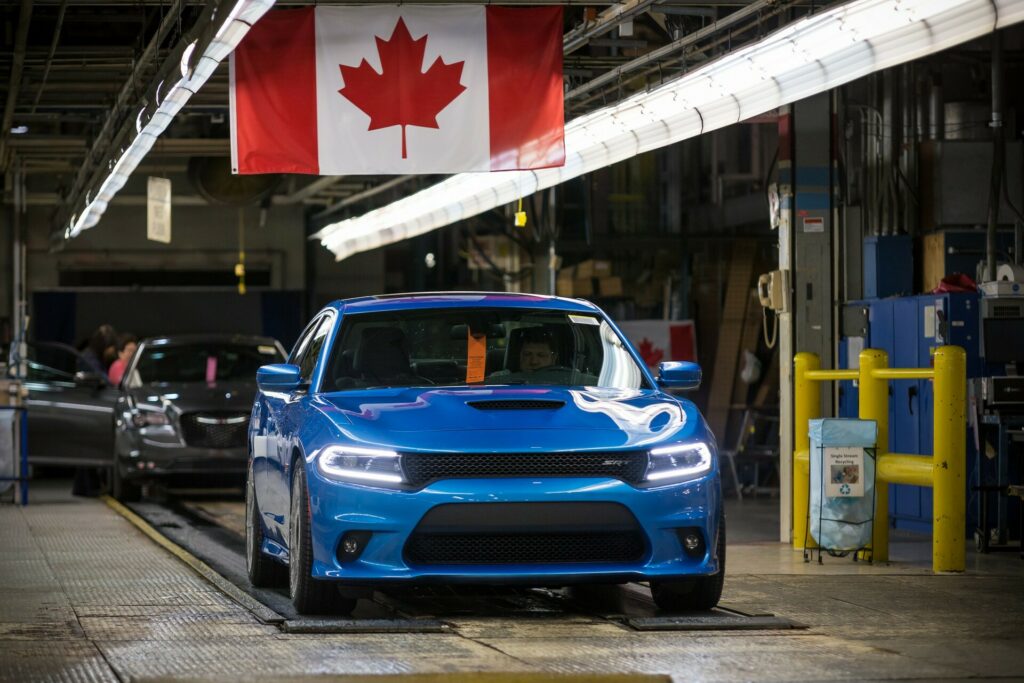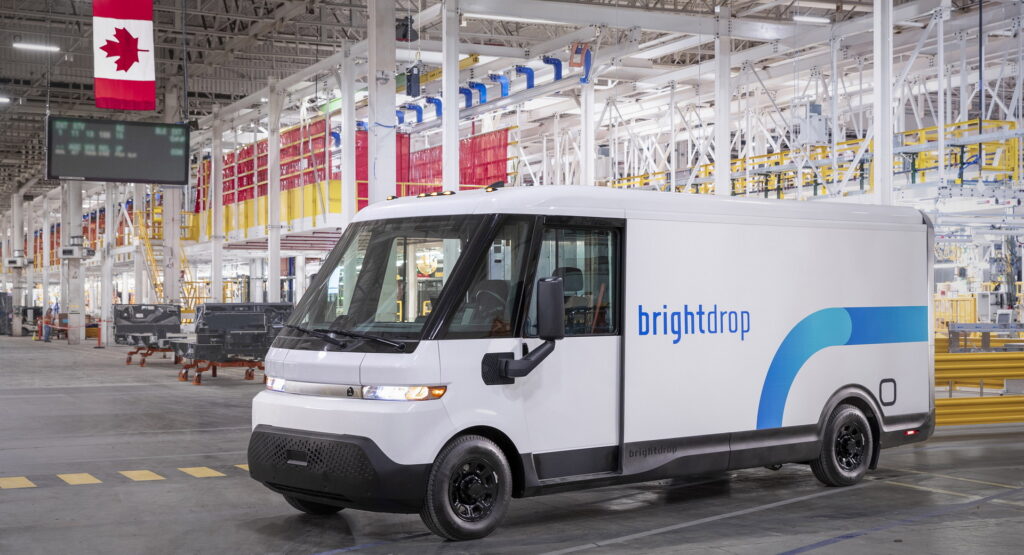Ben Wikler isn’t running for governor, but he has a few ideas about Wisconsin’s political future
Democratic Party of Wisconsin Chair Ben Wikler speaks at a climate rally outside of Sen. Ron Johnson’s Madison office in 2021. (Henry Redman | Wisconsin Examiner)
There is no clear frontrunner in the Democratic primary for governor of Wisconsin. Attorney General Josh Kaul, with his name recognition and two statewide wins under his belt, might have been the favorite, except that he decided not to get in. Now former Democratic Party of Wisconsin Chair Ben Wikler has announced he won’t be using his star power and prodigious fundraising skills to take a run at the governor’s mansion.
I caught up with Wikler Thursday by phone while he was at home with his kids, working on a book about Wisconsin and national politics and fielding phone calls from reporters about his decision to stay out of the race. Despite his decision, Wikler is still involved in politics behind the scenes, raising money and helping create an infrastructure to support his party’s eventual nominee for governor as well as Democrats who are trying to win seats in the Legislature and in Congress.
Wikler deserves a lot of credit for the recent hopeful direction of politics in Wisconsin — culminating in the election of a liberal state Supreme Court majority that forced an end to gerrymandered voting maps which previously locked in hugely disproportionate Republican legislative majorities in our 50/50 state. His vision for a progressive political revival in Wisconsin and across the nation delighted a lot of grassroots Democrats as well as Jon Stewart of “The Daily Show”, who urged him to run for president after listening to Wikler describe what Democrats need to do to reconnect with working class voters and turn the political tide.
As Wisconsin Republicans coalesce around U.S. Rep. Tom Tiffany, a yes-man for President Donald Trump, the stakes in the Wisconsin governor’s race could not be higher. But Wikler says he’s not worried.
“I think there are multiple candidates who can absolutely win and could do a perfect job on our side,” he said on the phone. “I don’t see the same on the Republican side. I think Tom Tiffany is a real political misfire for the GOP in a moment like this.”
“I have a real conviction that we have a very clear path to be able to win. Not without a fight — this is Wisconsin — but I would rather be Team Democrats and democracy and an economy that works for working people than Team MAGA and tariffs and authoritarian masked men grabbing people off the street.”
Still, on a recent weekend drive through the Driftless Area, I saw huge Trump banners flying over fields of soybeans farmers can’t sell because of Trump’s trade war with China. It might be hard for some voters, even those who are hurt by Trump administration policies, to switch teams as people’s core sense of identity is so tied to polarized political team loyalties.
... in Wisconsin things don’t have to change very much to get a dramatically different result.”
– Ben Wikler
“I think it’s true for all of us that it’s hard to come to the conclusion that it’s time to change after you’ve been going one way for a good while,” Wikler said. “But it’s also the case that in Wisconsin things don’t have to change very much to get a dramatically different result.”
Elections in this swing state will continue to be close. “But there’s every possibility of being able to energize and turn out several percentage points more people in a way that could generate a Democratic trifecta and help flip the U.S. House and shift power in local offices across the state,” he added.
In his unsuccessful bid for national Democratic Party chair, Wikler talked about how Democrats had lost working class votes and needed to reclaim their lost status as champions of working people. They needed to “show the receipts” for their work winning better health care, affordable housing, more opportunity and a better quality of life for the people that used to be their natural constituency, he said.
On “The Daily Show” he held up Gov. Tony Evers as an example, saying he ran on the promise to “fix the damn roads” and beat former Gov. Scott Walker. Then he fixed the roads and won a second time.
But a lot of progressives, especially public school advocates, were disappointed with the budget deals Evers struck with Republicans. This week DPI released final numbers showing that 71% of public schools across the state will get less money from the state under the current budget. Where are the receipts Wisconsin Democrats can show to make the case they will make things better?
Evers blocked a lot of bad things, Wikler noted. And in many ways things are better in Wisconsin, even as the national scene gets darker and darker under the current administration, he said. “The things that are going well are the kind of locally driven and state-level things that are not falling apart,” he said. He contrasted that with the Walker years when “there was a sense that core aspects of people’s personal lives were falling apart. People were leaving their careers in education and changing their whole life plans, because it felt like the pillars that supported their vision for how their lives were going to work were falling apart.”
There’s a “profound sense of threat” from Washington today, he added. But he believes that Democrats can stave off disaster in Wisconsin if they win a “trifecta” in state government, which he thinks is possible.
He draws on examples from the state’s history as a progressive leader, from the famous 1911 legislative session that laid the groundwork for the New Deal to the first law protecting victims of domestic violence in the 1970s.
“There’s these moments when Wisconsin really leaps forward. And we have a chance for the first one in more than half a century in 2027,” he said. “And that’s the moment where you have to deliver for people really meaningfully.”
He compares the chance of that happening in Wisconsin to the “Minnesota miracle,” when Tim Walz was re-elected governor and Democrats swept state government in our neighboring state.
Trying to bring about a miraculous transformation in Wisconsin doesn’t mean Wikler is unrealistic. You don’t have to look any farther than Wisconsin’s southern neighbor, Illinois, to see the dystopian possibilities of our current politics. “I don’t think the way [Illinois] Gov. JB Pritzker is talking is alarmist at all,” Wikler says. “If you talk to people who fought for democracy in countries where it disappeared, the early days of the downfall look like what we’re seeing right now.”
To resist, we have to do multiple things, he said — fight in the courts, fight in downballot races, protect election administration “but also keep in mind that ultimately, the people whose votes you have to win are the people who already feel like democracy is not working for them. They think that all politicians are already corrupt, and warnings about the threats to democracy feels like just more partisan blather. And you have to connect with their lived experience and the things that they think about when they’re not thinking about politics. That’s where fixing the roads becomes the only way to get off the road to authoritarianism.”
Sounds like a good plan to me.
GET THE MORNING HEADLINES.






